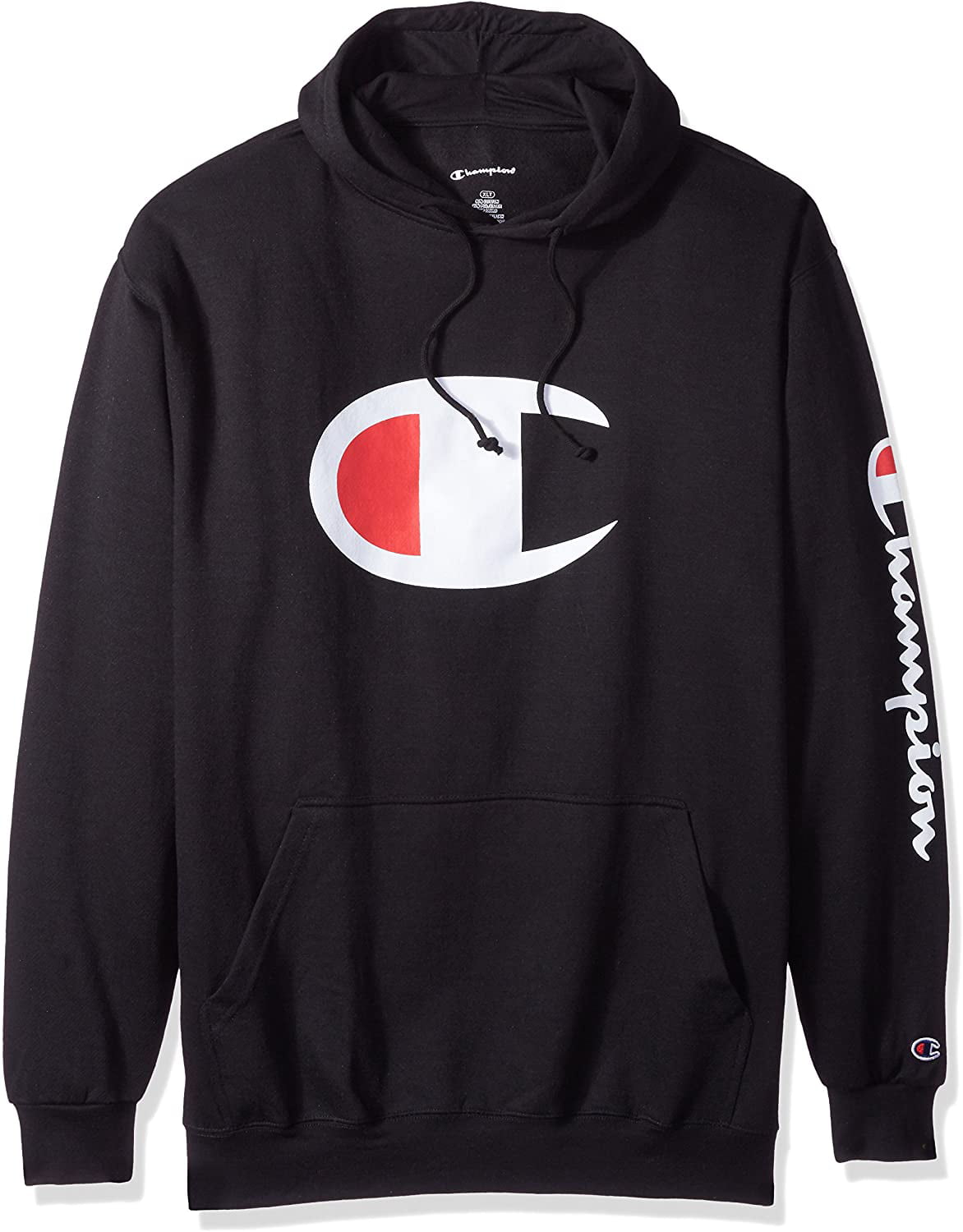Sweatshirts are long-sleeved pullover garments constructed from thick cotton fabric. They are usually worn casually but aren't as dressy as sweater s or cardigans. They do not usually have an Hood. If you're interested in buying a sweatshirt, here are some tips:
Norma Kamali spread the appeal of sweatshirts
Since the late '70s and into the late '70s, Norma Kamali has transformed the simple sweatshirt into a work of art. Her designs are now a staple in almost every woman's wardrobe. Her unique styles vary from a tummy-tucking neck to leather-paneled sweatshirts. She also has created clothes with unusual shapes, such as tanks with an extended trumpet skirt.
A partnership of the designers and sweatshirt manufacturer Everlast gave rise to her Timeless line, which became an instant hit when it was featured in the spring catalog of Spiegel. The collection offered knits that could be interchangeable or convertible in classic silhouettes and many of the items were priced below $20. Even if Kamali's Timeless collection wasn't sold in stores, fans could still find these pieces through eBay or Poshmark.
Merino wool sweatshirts are more comfortable than sweatshirts made of soft wool.
Merino wool is well-known for its moisture-wicking properties that help keep you comfortable and dry. Merino wool is an organic fibre that also offers a more comfortable feel. The fabric also dries quickly compared to other natural substances. Furthermore, merino is a sustainable resource. The merino sheep shed their coats each year, and then grow new ones.
Merino's weight-to-heat ratio is high, and the warmth of wool makes it an ideal material for sweatshirts . It assists in regulating body temperature due to its loft which naturally retains heat between the fibers. This is the reason Merino wool sweaters are perfect for outdoor activities in the summer, such as mountain biking, hiking, and running. The warmth it offers keeps the wearer cool and dry, which is important for working out.
Zip-front hoodies come with kangaroo pockets.
Kangaroo pocket hoodies are a popular style of hoodie. These hoodies have a large pocket at the front which helps keep your hands warm during cold days. They're additionally more practical than conventional pockets as they allow your hands to slide into and out easily.
The pockets of Kangaroos are usually big enough to fit an entire wallet or small personal items. They are commonly big enough to hold one hand in a smaller size and are wide enough to fit two hands. They feature wide openings on both sides and make them ideal for carrying small objects.
French Terry fabric is a popular fabric for sweatshirts
The French terry fabric is made of soft yarns knitted into loops and is usually mid-weight. It is also known as a fabric that wicks away moisture and is already pre-shrunk. French terry is a great option for sweatshirts since it is warm when you need it and also keeps your cool when you want to cool off.

French Terry is also popular for loungewearbecause it has enough stretch and flexibleness to feel great against your skin. It also allows for enough air to circulate throughout the fabric, making it perfect for layering under other clothing. Additionally, since it's lighter than other sweatshirts you can wear it throughout the year without feeling too either cold or hot.
Hoodies have classist connotations
Although it might appear that hoodies are an appropriate attire item for people of the working class but the truth is that they are a symbol of class. The hooded garment was first popularized in the early 70s New York, where graffiti artists wore them to hide their identities. In 1976 the hoodies made their big movie debut with "Rocky," when the protagonist of the film was a working class man in grey sweats that were hooded during his memorable climb to the top of the steps of the Philadelphia Museum of Art.
Hoodies are usually associated with death, destruction and other negative items, yet they can also be used for practical reasons. For example, monks and priests might wear hoods in order to display respect and a sense of self-control.
